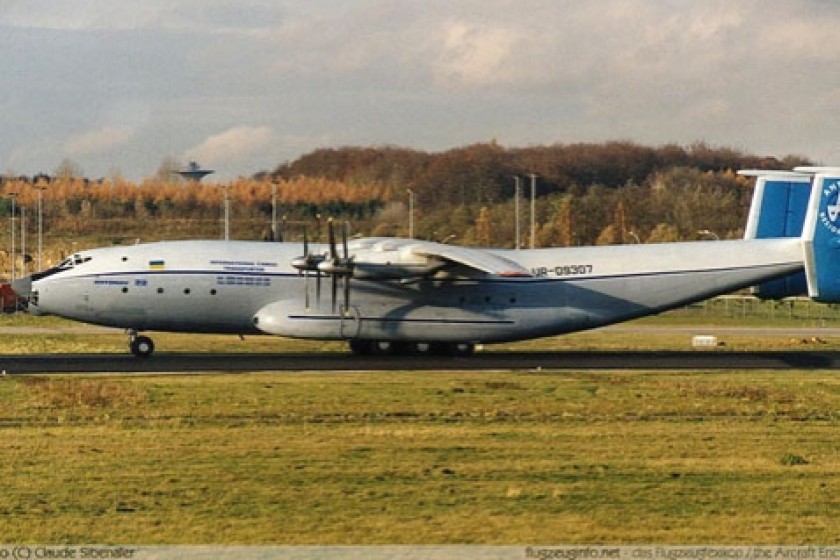
Yerevan to Meghri By Plane? The Problems of the Short Haul Sector
In Armenia, during the Soviet period, eleven small airports were built.
Particular attention was paid to the south. Airports were built in Meghri, Ghapan, Goris, Sisian, Vayk and Jermouk.
Most of them stopped operating even before Armenia regained its independence in 1991, even though inexpensive airplane fuel actually ensured the survivability of small scale aviation.
After 1992, short haul aviation was forgotten. Only the airport in Arzni was re-launched, and now it only serves in a military context. The infrastructure in Yerevan and Gyumri also provide possibilities for short haul aviation.
So how realistic is the rebirth of short haul aviation in Armenia? No one questions the strategic significance of such flights.
Armenia is a mountainous country in which certain sections are inaccessible. Here, short haul flights can provide alternative means of transportation.
To get from Yerevan to Kapan, a manufacturing town in Armenia, by car takes 5-6 hours. The number of tourists flocking to the Tatev region (where Kapan is located) has dramatically increased of late due to a government project to promote tourism there. This too speaks in favor of short haul flights.
But just how realistic is aviation on this scale given current market conditions?
The runway at Goris is in pretty good shape. All it needs is a small airport terminal. Let’s remember that Armenia’s Civil Aviation Board has banned aircraft weighing less than 700 kilos from flying within the country. It argues that such small aircraft are highly susceptible to being tossed around by strong winds and are unsafe.
An “aerodrome”, according to Armenian aviation law, must have fire and rescue services and a passenger terminal. To be registered as an “airport”, navigational equipment is mandatory.
We know of no business plans that are ready to make the substantial investment needed to get flights in and out of Goris. The possibility that such investment will be forthcoming in the near future is not great either.
But the government can fill the void left by the private sector. I estimate that it would take US $3-5 million to bring any of these small airports back into operation. If aviation experts say that an “aerodrome” is sufficient, these costs would drop substantially. Afterwards, it is likely that private carriers would show an interest in using the facilities.
Today, the Armenian legislature debated making changes to the law on VAT taxes on customs and excise taxes on imported goods.
The bill proposes that the importation of airplanes, helicopters and their parts be exempted from customs and VAT taxes. The aim is to incentive the business plans of aviation companies.
I should point out that this exemption was in force from 2009 to 2012 and that the government either forgot to renew it or just didn’t want to. In any event, the exemption had no real impact on the aviation industry during those three years.
This time around, the legislature needs to make the exemption a permanent one. Even if it does, the exemption, by itself, will not spur development in the sector. Improvements to infrastructure are also vital. Airplane fuel has been enjoying tax emption for quite a while.
Of course, the decision to join the Open Skies program will boost completion in the Armenian aviation sector.
Today, ten companies are registered in Armenia to operate flights. But only one of them, Air Armenia, is ready to operate international flights. The rest are more interested in the short haul market, thus inspiring hope that this sector will develop as well in years to come.
Photo: http://www.flugzeuginfo.net/
 Videos
Videos Photos
Photos




Write a comment